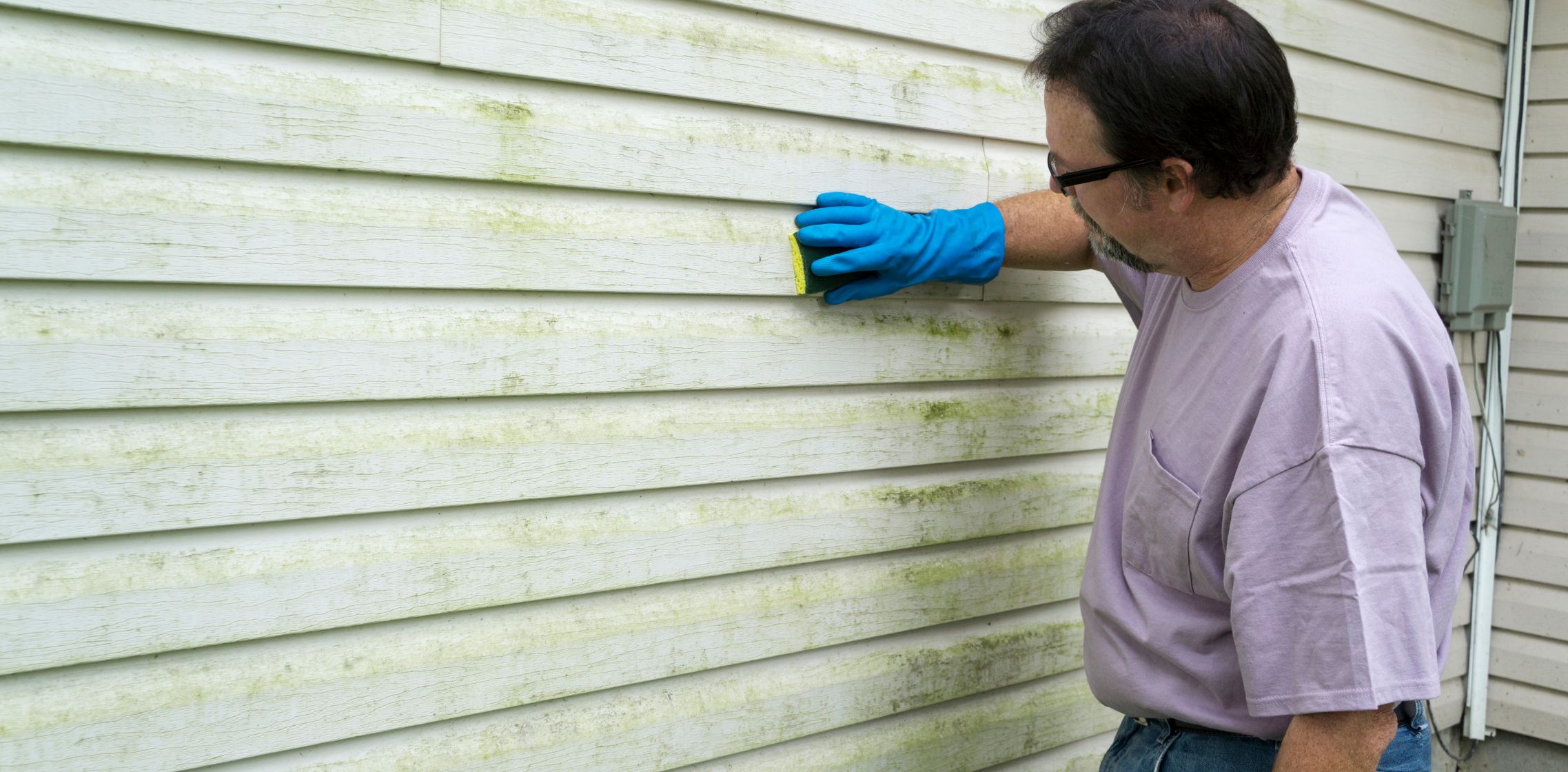Acrylic paint can clog drains if it is not cleaned up properly. If you are using acrylic paint, be sure to clean up any spills immediately and wash your brushes thoroughly after use. It is also a good idea to avoid pouring unused paint down the drain.
Does acrylic paint clog drains? Yes, it can. Acrylic paint is water-based, so when it dries, it can become hard and difficult to remove.
If you have a lot of paint build-up in your drain, it can eventually lead to a clog. To avoid this problem, be sure to clean your brushes thoroughly after each use and dispose of any excess paint properly.
How to Dispose of Acrylic Paint Waste Water – Eco-Friendly acrylic water treatment for artists
Where to Dispose of Acrylic Paint Water
Acrylic paint water can be disposed of in a few different ways. One option is to pour it down the drain with hot water. Another option is to let it evaporate outdoors.
Finally, it can be collected in an airtight container and disposed of at a hazardous waste facility.
Cleaning Acrylic Paint Brushes in the Sink
Cleaning your acrylic paint brushes in the sink is quick and easy! Here’s how:
- Fill your sink with warm water and add a drop or two of dish soap.
- Swish your brush around in the water to remove all the paint.
- Rinse your brush under running water until the water runs clear.
- Gently squeeze excess water from the brush and lay it flat on a towel to dry overnight.
Can Acrylic Paint Water Go down the Drain
Sure, you can wash your paintbrushes in the sink and rinse acrylic paint down the drain, but is it really safe to do so? The short answer is: it depends. Here’s a more detailed explanation.
Most acrylic paints are water-based, which means they’re designed to be safe for use with plumbing. However, there are some exceptions. Some brands of acrylic paint contain harmful chemicals that can damage your pipes or seep into the groundwater.
So before you start washing your brushes in the sink, make sure to check the label of your paint to see if it’s safe for drains. If you decide to go ahead and rinse your brush in the sink, be sure to do so immediately after using it. Acrylic paint dries quickly, so if it sits on your brush for too long, it could harden and clog your drain.
Also, be sure to run plenty of water down the drain while you’re rinsing off your brush; this will help flush any leftover paint out of your pipes. So there you have it! Whether or not you can wash acrylic paint down the drain safely depends on the type of paint you’re using.
Be sure to check the label and take care when rinsing off your brushes to avoid any damage to your plumbing.
How to Dispose of Acrylic Paint Tubes
Acrylic paint tubes are a great way to store your acrylic paint. However, when it comes time to dispose of them, there are a few things you need to know. Here is how to dispose of acrylic paint tubes:
- Check with your local recycling center to see if they accept acrylic paint tubes. Some centers will accept clean, dry paint tubes for recycling.
- If your local recycling center does not accept acrylic paint tubes, you can throw them away in the trash. However, be sure to check with your local landfill or waste management company first to see if they have any restrictions on throwing away paint tubes.
- You can also try and donate unused or unwanted paint tubes to schools or art organizations. They may be able to put them to good use!
Can You Throw Away Acrylic Paint
It’s a common question: can you throw away acrylic paint? The answer is yes, but there are a few things to keep in mind. Acrylic paint is made of pigments suspended in a polymer emulsion.
Once the paint dries, the pigments are locked into the polymer matrix and will not leach out or fade over time. This makes acrylic paint one of the most durable and longest-lasting types of paint available. However, because acrylic paint is water-based, it can be subject to mold and mildew if it is not stored properly.
When disposing of unused or unwanted acrylic paint, it’s important to make sure that it is properly sealed so that it doesn’t leak and contaminate other materials. The best way to dispose of unused or unwanted acrylic paint is to take it to a local Hazardous Waste Facility for proper disposal. You can also check with your local municipality for specific guidelines on how to dispose of hazardous materials like paint.
Where Can I Dump Paint Water
If you have leftover paint water from a recent painting project, you may be wondering where you can dispose of it. While some people simply pour it down the drain, this is not the best option as it can lead to environmental contamination and clogged pipes. Instead, there are a few different options for disposing of paint water safely:
- Contact your local waste management company to see if they accept paint water. Some companies have special facilities for dealing with hazardous waste, so this may be the best option for disposal.
- Take your paint water to a local hazardous waste facility. This is usually run by the county or state and is designed specifically for disposing of hazardous materials.
- If neither of these options is available, you can try diluting the paint water with an equal amount of clean water and then pouring it down the drain.
How to Dispose of Acrylic Latex Paint
When you have leftover paint, it can be tempting to just leave it in the can and forget about it. But that’s not the best way to dispose of acrylic latex paint. Here’s how you should do it:
First, check if your local recycling center accepts paint cans. Many do, but some don’t so it’s always best to call ahead and ask. If they don’t accept paint cans, then you’ll need to dispose of the paint yourself.
The best way to do this is to solidify the paint before getting rid of it. You can do this by adding kitty litter or sand to the can until the paint is no longer liquid. Once it’s solidified, you can put it in the trash.
Just make sure that you label the can clearly so that anyone who comes across it knows that there’s hazardous waste inside. And with that, your acrylic latex paint will be disposed of properly!
Can You Rinse Acrylic Paint With Water
Acrylic paint is an excellent choice for many types of projects, but it can be tricky to work with. One common question is whether you can rinse acrylic paint with water. The short answer is yes!
You can rinse your brush with water to clean it off after painting with acrylics. However, there are a few things to keep in mind. First, you’ll want to use warm water rather than hot.
Hot water can cause the paint to become gummy and difficult to work with. Second, be sure to thoroughly rinse your brush before using it again. Acrylic paint dries quickly, so if any residue is left on the brush it could affect your next project.
With those tips in mind, rinsing your brush with water is a perfectly acceptable way to clean it off after painting with acrylics!
Is It Bad to Put Acrylic Paint Down the Drain?
If you’re wondering whether it’s bad to put acrylic paint down the drain, the answer is yes. Acrylic paint is made of pigments suspended in a synthetic polymer emulsion. Once the paint dries, these pigments are cross-linked and insoluble, meaning they won’t dissolve in water.
So when you try to wash acrylic paint down the drain, it can clog your pipes and lead to costly repairs. In addition to being bad for your plumbing, dumping acrylic paint down the drain is also harmful to the environment. The pigments in the paint can contaminate water sources and pollute aquatic habitats.
So if you’re looking for a way to dispose of unwanted paint, be sure to check with your local waste management authority for proper disposal instructions.
Is It Ok to Clean Acrylic Paint Brushes in the Sink?
You can clean your acrylic paint brushes in the sink, but you need to be careful about which cleaners you use. Some cleaners can damage the bristles on your brush, so it’s important to read the labels carefully. You also need to make sure that you rinse the brush thoroughly after cleaning it, as the residual cleaner can affect the way your paint dries.
How Do You Get Acrylic Paint Out of a Sink Drain?
If you’ve accidentally poured acrylic paint down your sink, don’t worry – there are a few simple ways to remove it. First, try running hot water down the drain for several minutes. This may help to loosen up the paint and allow it to wash away.
If that doesn’t work, you can try using a plunger or a plumber’s snake to break up and remove the clump of paint. Just be careful not to damage your pipes in the process! If all else fails, you may need to call in a professional plumber to help clear your drain.
But hopefully, one of these methods will do the trick and get rid of that pesky paint!
Is It Ok to Pour Paint Water Down the Drain?
No, it is not okay to pour paint water down the drain. The painted water can contain harmful chemicals that can contaminate the water supply and harm the environment. It is important to dispose of paint water properly by contacting your local hazardous waste disposal center.
Conclusion
If you’re a painter, you know that cleaning your brushes is essential to keeping your equipment in good condition. But what happens when you’re done painting and you need to clean up? Acrylic paint can be tough to remove, and it can also clog drains.
Here’s what you need to know about cleaning up after a painting project: Acrylic paint is water-based, so it will rinse away easily with warm water. However, it can still be tough to remove if it’s dried on your brushes or other surfaces.
To make cleanup easier, soak your brushes in warm water for a few minutes before rinsing them under the tap. Acrylic paint can also clog drains if it’s not cleaned up properly. To avoid this, make sure you rinse all of your painting supplies thoroughly before putting them down the drain.
You may also want to consider using a strainer or other type of drain protector to catch any stray paint particles before they have a chance to clog your pipes.











